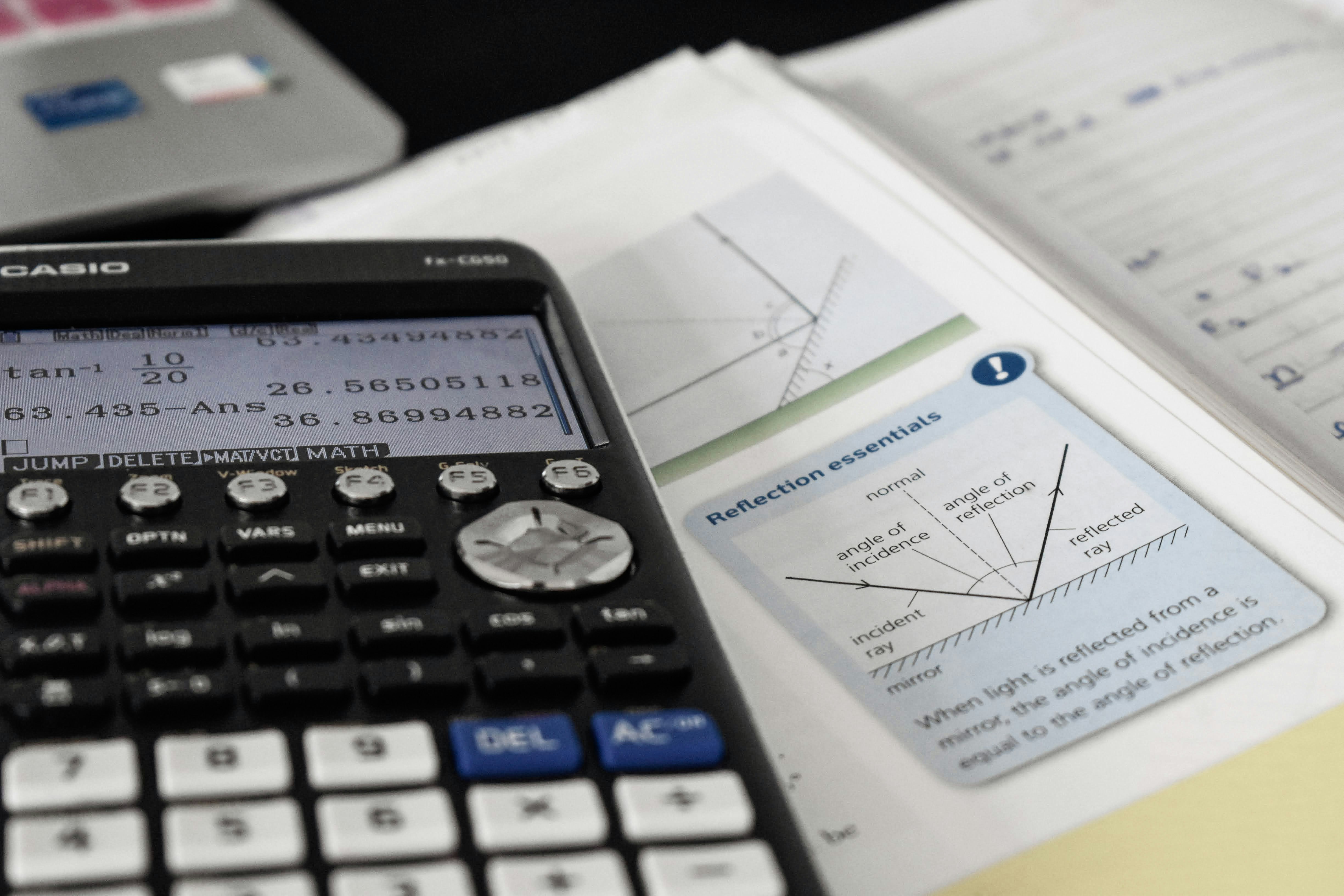About Course
This Mathematics Course is designed for grade VI to provide
a comprehensive and engaging learning experience for students. This course
covers essential mathematical concepts and skills necessary for academic
success and real-world problem-solving. The curriculum includes number and
place value, arithmetic operations, fractions, decimals, percentages, ratios
and proportions, algebra, measurement, geometry, and statistics. Each module is
crafted to enhance understanding, promote critical thinking, and develop
problem-solving abilities.
Modules Covered:
·
Number - Number and Place Value
·
Number - Addition, Subtraction, Multiplication,
and Division
·
Number - Fractions (including decimals and
percentages)
·
Ratio and Proportion
·
Algebra
·
Measurement
·
Geometry - Properties of Shapes
·
Geometry - Position and Direction
·
Statistics
Key Benefits:
Comprehensive Curriculum: Cover a wide range of
mathematical topics, ensuring a strong foundation in essential concepts and
skills.
Expert Instructor: Learn from an experienced educator
who provides detailed explanations, practical insights, and personalized
feedback.
Interactive Lessons: Participate in interactive
lessons designed to keep students engaged and facilitate better learning and
retention.
Practical Problem Solving: Apply mathematical
concepts to solve practical problems, enhancing real-world problem-solving
skills.
Critical Thinking Development: Promote critical
thinking and analytical skills through challenging exercises and activities.
Skills You Will Gain
Number Sense and Operations; Factors and Multiples; Fractions and Decimals; Ratio and Proportion; Algebraic Thinking; Geometry; Measurement; Data Analysis; Probability; Problem-Solving Skills; Mathematical Communication; Logical Reasoning

